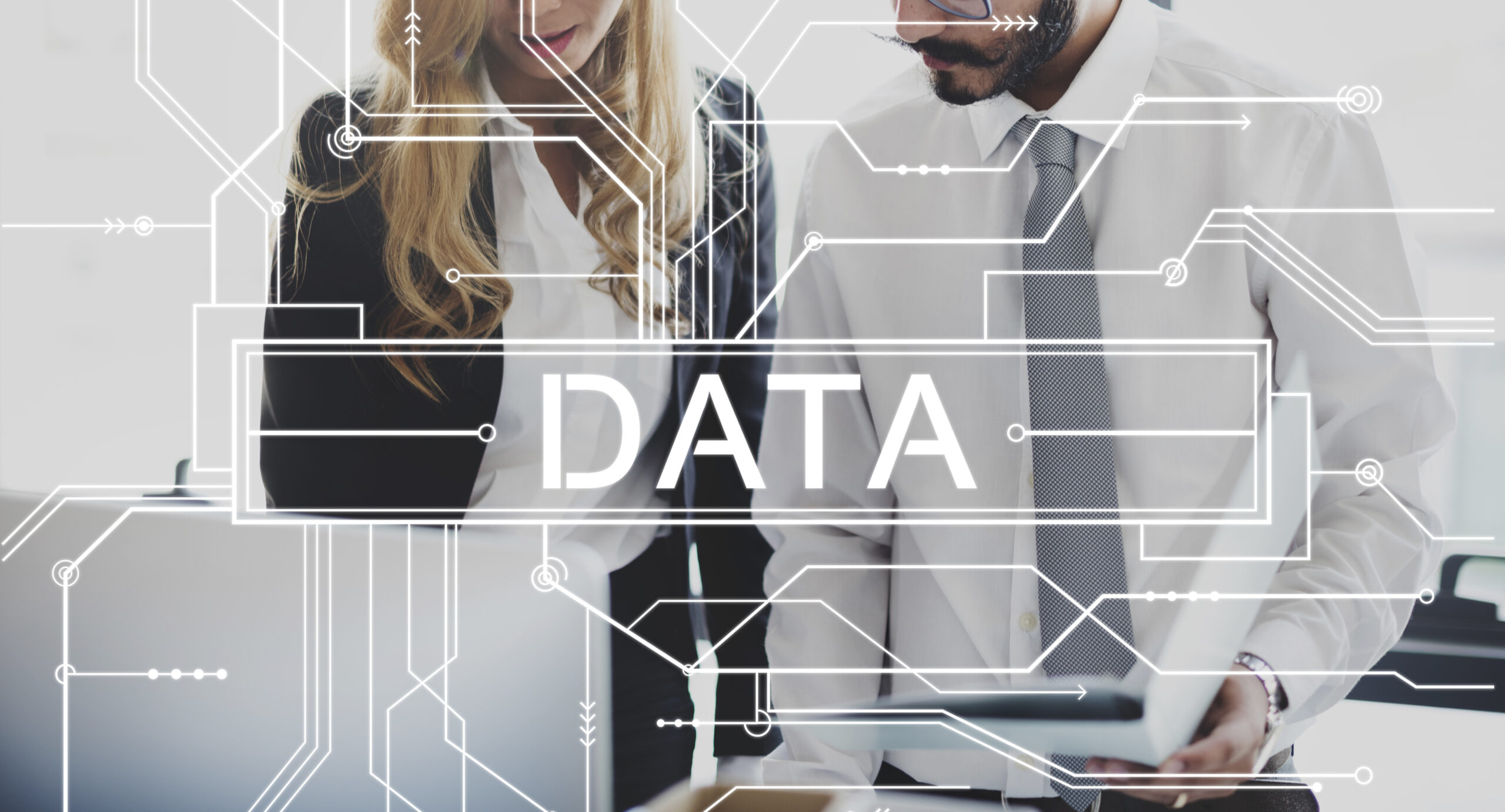AI-Powered Data Pipeline Automation: The Future of Scalable and Intelligent Data Engineering for Enterprises
Introduction: Why Traditional Data Pipelines Are No Longer Enough
In the modern digital economy, the sheer volume and velocity of data demand more than just traditional batch processing pipelines. With ever-evolving customer behavior, global competition, and real-time decision-making requirements, enterprises are under immense pressure to adopt smarter, scalable solutions. This is where Data Pipeline Automation, particularly driven by AI, becomes a game-changer.
What Is Data Pipeline Automation? A Quick Overview
Data Pipeline Automation refers to the use of tools and frameworks to automatically extract, transform, and load (ETL) data from various sources into centralized data lakes or warehouses without manual intervention. It includes scheduling, monitoring, and optimizing every stage of the data flow.
Key components:
- Ingestion: Collecting data from APIs, sensors, databases
- Transformation: Cleaning, structuring, and enriching data
- Orchestration: Scheduling and dependency management
- Delivery: Loading processed data into target systems
The Role of AI in Data Pipeline Automation
AI revolutionizes pipeline automation by introducing adaptive, predictive, and self-healing capabilities:
- Anomaly Detection: Identifies irregularities in data flow
- Predictive Scaling: Adjusts resources based on traffic predictions
- Data Drift Monitoring: Detects changes in input data that could affect models
- Root Cause Analysis: Pinpoints breakdowns or latency issues
These intelligent features significantly reduce downtime and manual oversight.
Benefits for Enterprises: Beyond Cost and Speed
Implementing AI-driven data pipeline automation delivers transformative business benefits:
- Faster Insights: Real-time processing leads to quicker decisions
- Improved Data Quality: AI ensures clean, reliable datasets
- Scalability: Easily handles petabyte-scale data without human intervention
- Reduced Human Error: Automated monitoring and correction processes
- Agility: Enables faster experimentation and innovation
Tech Stack: Top Tools Enabling AI-Driven Data Pipelines
Here’s a snapshot of leading tools powering intelligent pipelines:
| Tool | Key Feature | Best For |
|---|---|---|
| Apache Airflow | Workflow orchestration w/ ML | Custom pipelines |
| Databricks | Unified analytics & AI workflows | Big data and collaboration |
| AWS Glue | Serverless ETL | Cloud-native environments |
| Prefect | Dynamic workflow management | Python-heavy teams |
| Fivetran | Fully managed connectors | Plug-and-play integration |
Use Cases Across Industries
1. FinTech
- Real-time fraud detection
- Automated customer segmentation
2. Healthcare
- Streamlined patient data processing
- Predictive analytics for diagnosis
3. Retail & E-Commerce
- Personalized marketing via data streams
- Inventory optimization using demand prediction
Building an AI-Powered Data Pipeline: Step-by-Step Process
- Assess Your Data Needs
- Choose the Right Stack (AI + ETL Tools)
- Define KPIs and Monitoring Metrics
- Implement CI/CD for DataOps
- Integrate Machine Learning Models
- Automate Testing and Validation
- Deploy and Monitor Continuously
Security, Compliance & Data Governance Considerations
AI doesn’t just automate—it protects. Data pipeline automation helps meet:
- SOC 2 Compliance: Automated audits and logs
- HIPAA & GDPR: AI checks for compliance breaches
- Data Lineage: Transparent audit trails across the data flow
Future Outlook: Autonomous Data Engineering?
The next leap? Autonomous data pipelines, where AI agents create, monitor, and fix pipelines without human input. As Large Language Models (LLMs) and MLOps mature, expect even more abstraction, faster integration, and near-zero downtime data ops.
Conclusion: Why Now Is the Time to Automate with Intelligence
Enterprises that delay automation risk falling behind competitors. AI-powered Data Pipeline Automation not only streamlines infrastructure but becomes a catalyst for scalable innovation and better customer experiences.
FAQs: AI-Powered Data Pipeline Automation
- What is the main advantage of AI-driven data pipeline automation? AI introduces adaptive and predictive features that improve speed, reliability, and scalability.
- How does automation improve data quality? Automated validation and anomaly detection remove noise and inconsistencies from data.
- Is AI-powered automation only for large enterprises? No. Even SMEs benefit from simplified operations and reduced manual workloads.
- What industries benefit most from automated pipelines? FinTech, healthcare, retail, manufacturing, and logistics are primary beneficiaries.
- Can AI tools ensure compliance with data regulations? Yes. Modern platforms include compliance checks, data lineage, and automated reporting.
- What’s the ROI of implementing automated data pipelines? Companies report 40–60% faster deployment cycles, reduced downtime, and significant labor cost savings.
- How do I start automating my data pipelines with AI? Begin with a data audit, define pipeline objectives, select tools with AI features, and phase the implementation with measurable KPIs.

